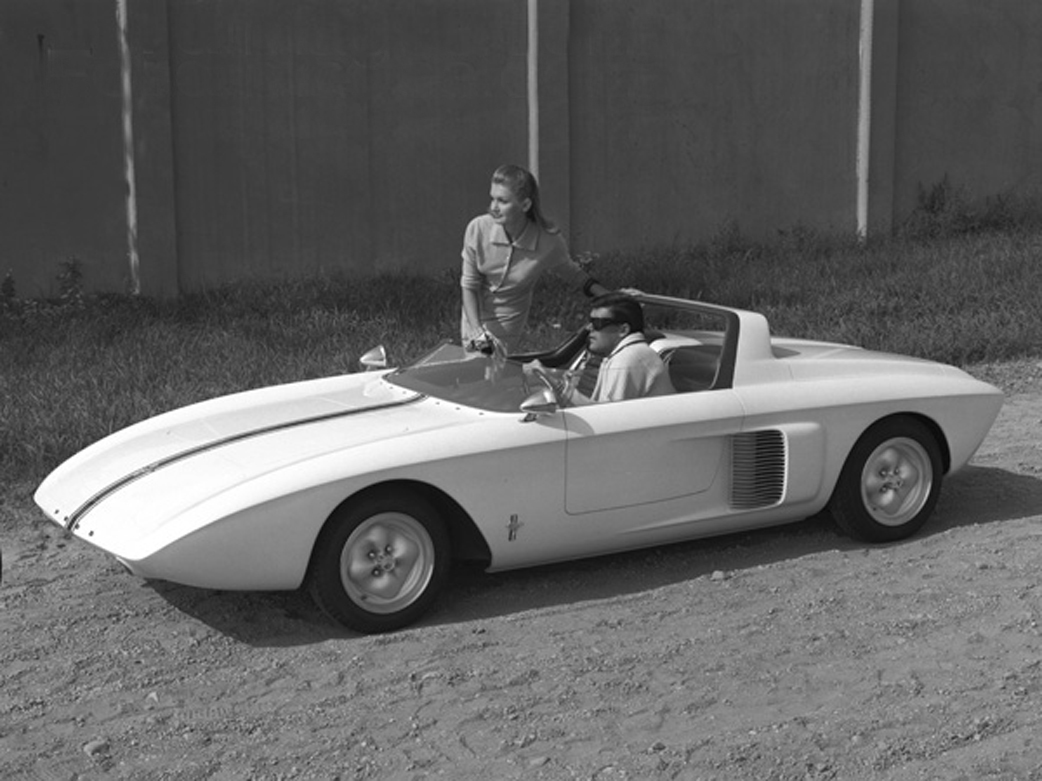


Iacocca early on appreciated that to draw this new market into Ford showrooms the Blue Oval had to be attached to products which generated excitement. Products that in image or fact exemplified youth and performance. More than a mere existing model repackaging program with supporting PR campaign, new products had to be developed that had been validated through competition. And for Ford, this meant racing in a wide range of arenas; from the American ovals, to the road circuits of Europe. Thus was born Iacocca’s “Total Performance” campaign, which in image and fact redefined Ford as one of the World’s foremost automotive performance companies.
Getting this program going was complicated by the infamous non-competition agreement of 1957. This “Safety resolution”, agreed to by all the American automobile manufacturers, was to have the effect of restricting involvement in competition, and preventing automotive advertising and promotional programs from emphasizing speed, horsepower and racing.
In boardroom and press release this ‘Safety ‘ agreement was supported with straight face and formality. In actual fact engineering departments were quietly squeezing copious amounts of horsepower out of V8s and the modifications were going out the back door to dealers and finding their way to the ovals. Ford too had taken this route for its return to Stock Car racing in 1958. A small group of engineers within certain divisions were given permission, to use a phrase, to develop engines and performance accessories. It was this fragmented method of support that was to define Dearborn’s racing efforts, even as they moved away from the agreement and into full court press promotion of competition efforts and success.
The Mustang I prototype was one such small and fragmented step in the direction of Total Performance. Ford’s executive engineer for product planning Donald Frey had suggested building a mid-engine car in a memo to Iacocca in 1961.
The following spring Iacocca gave the go ahead to the project, to ‘develop something for the kids’. In actual fact Frey and his team did something much more. And more than any other vehicle it was to presage the competition effort that was to take the company to LeMans, and eventually to victory.
For Don Frey to have suggested creating a mid-engine sports car for the market in 1961 showed amazing foresight. In the pinnacle of European racing, Formula One, the mid engine car had only just come to complete dominance. Only Ferrari, Porsche and Lotus had developed mid-engine racing sports cars. The dynamic forces at work in a mid-engine competition car were yet to reach the state of accepted empirical data. It would be years until these manufacturers took that information and filtered it down to a customer model for the road. And here was Lee Iacocca in the spring of 1962 giving the go ahead to create such a car.
When the project was turned over to head of Ford styling Gene Bordinat, the design concept was to create a sports car targeted directly at the market dominant Triumph TR3s and the MGAs. The sketches for a two seater that John Najjar and Jim Sipple came up with soon took shape in the clay modeling studio. From there the design was turned over to Roy Lunn in the advanced engineering concepts department. Lunn and his team were handed this project on May 22nd, 1962. They had until the 7th of October to engineer and build the fully operational car.
Lunn had come to Dearborn via Aston Martin, Jowett and Ford’s British division. His structural solution for the two seater was far in advance of sports cars currently on the road. For the frame he constructed a complete space frame of triangulated small diameter tubing. To add to the frame’s rigidity, the aluminum skin was stressed to the frame tubing and the fixed seats acted as load bearing frame sections. Roy Lunn’s solution for the power unit was an illustration of how Ford was able to take such a bold engineering step. Two years earlier, Lunn’s Advance Vehicle division had been assigned the task of developing an economy car for the future. The project, code named Cardinal, explored the possibility of creating a front wheel drive car. The corner stone of this project was the development of a new powerplant and drive train. For the engine Lunn oversaw the development of a one and a half liter pushrod V4, and the drive train for a front driver. When handed the Mustang I project, Lunn took the drive train unit and placed it mid-ship for the chassis performance sought. Finished out in a fine contemporary shape, the completed roadster weighed in at 1550 lbs. And though the little Taunus V4 churned out but 85hp, Lunn and his crew had produced a very modern power to weight solution. Simply put, performance few had achieved at the time, either on or off the track.












